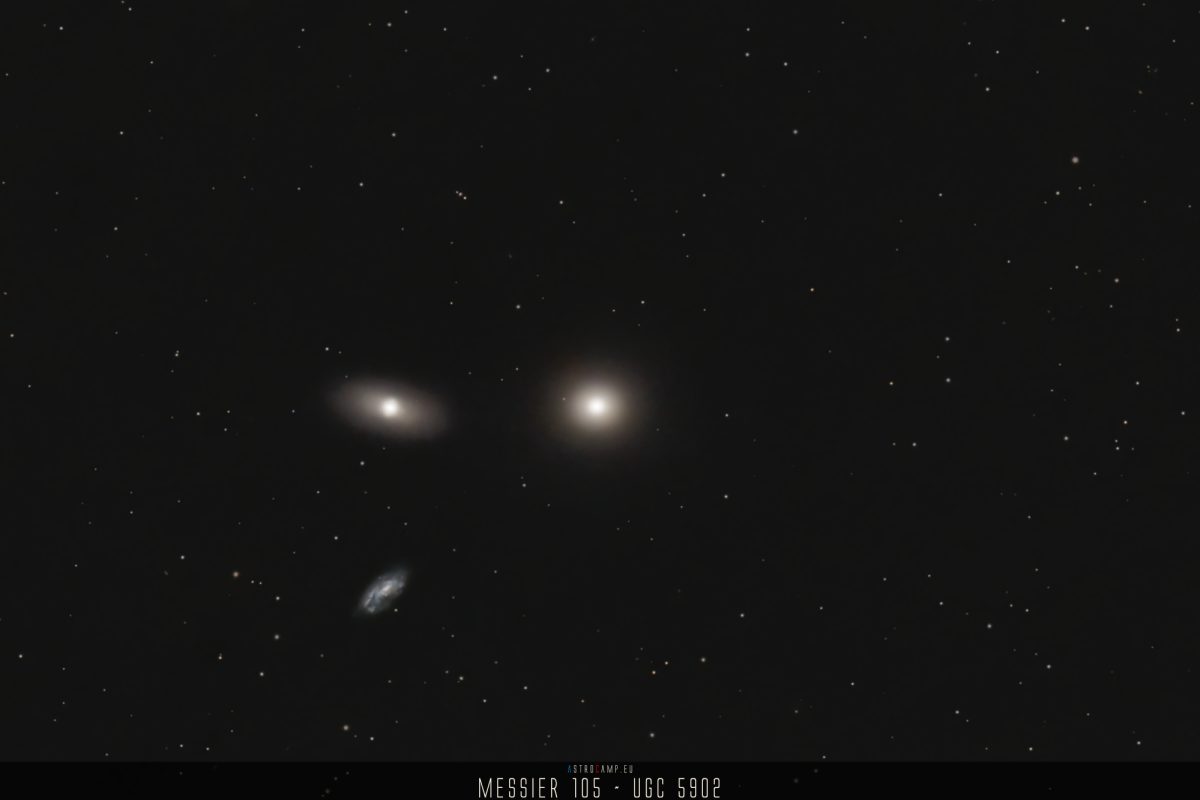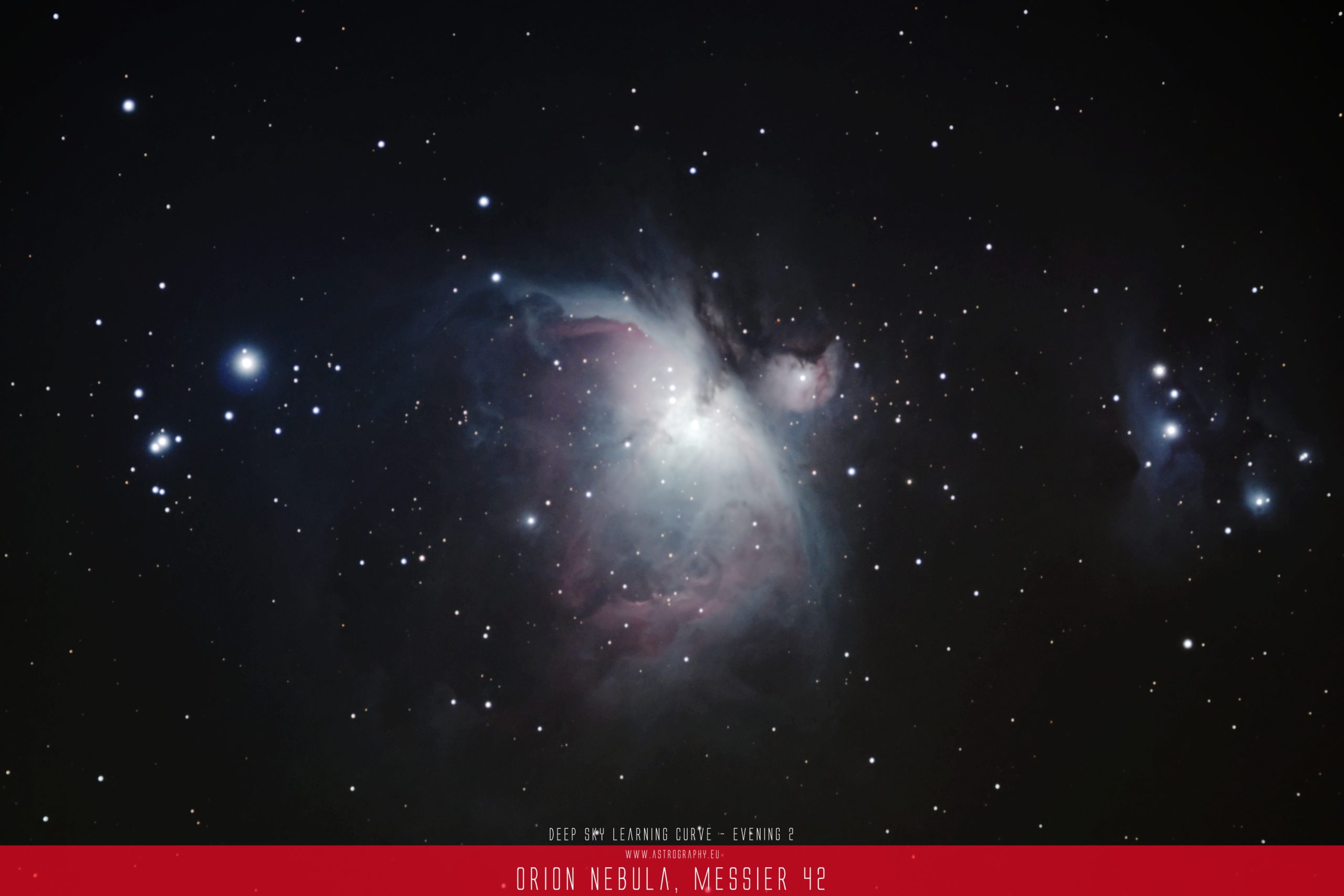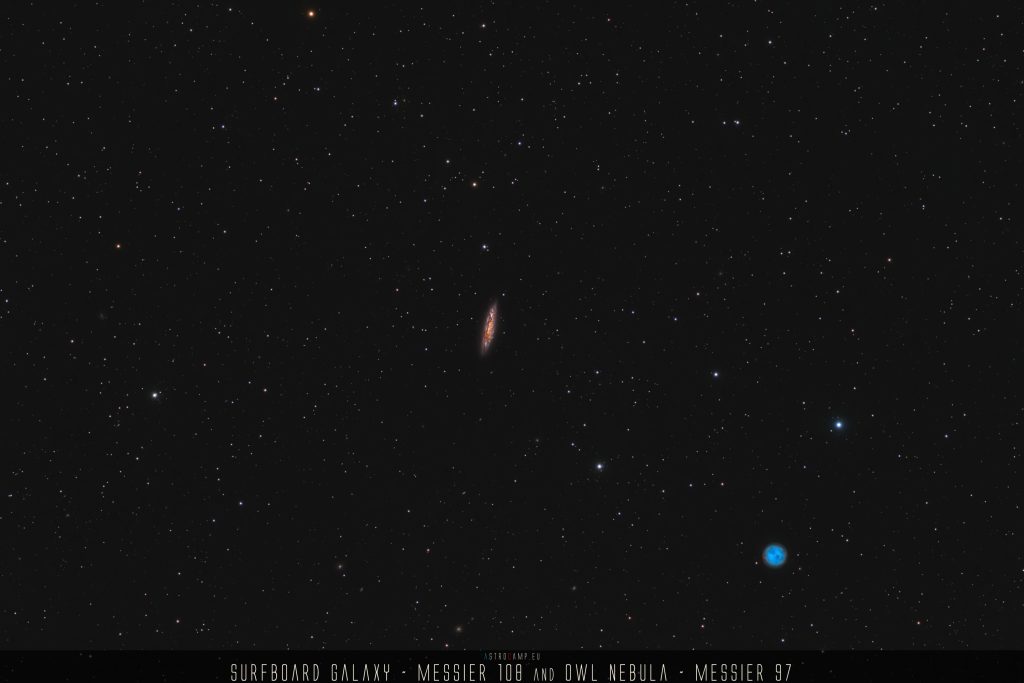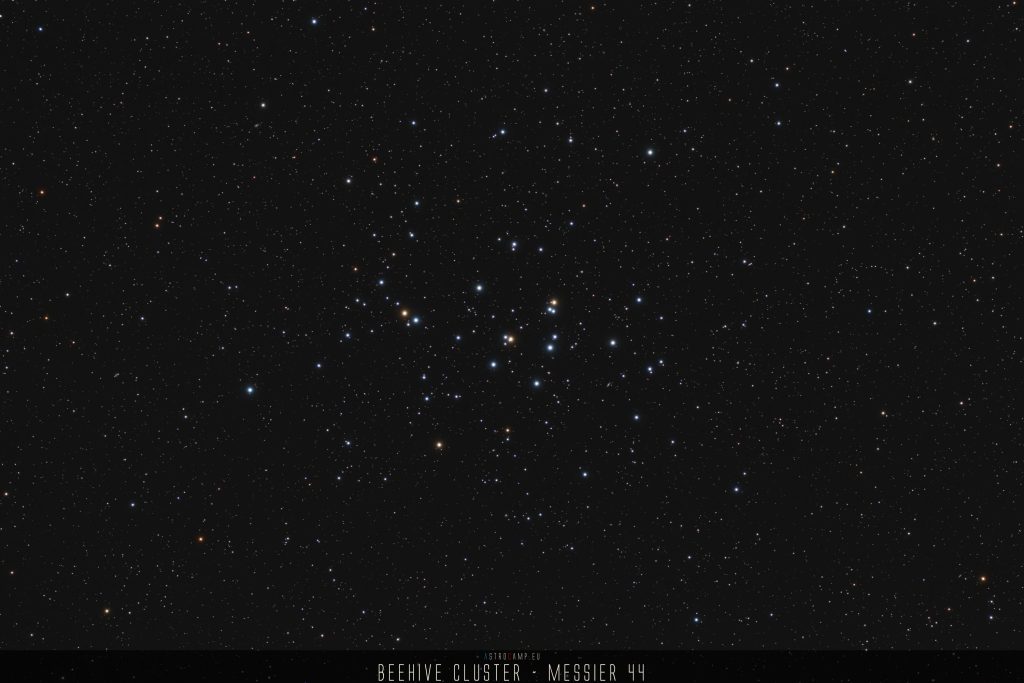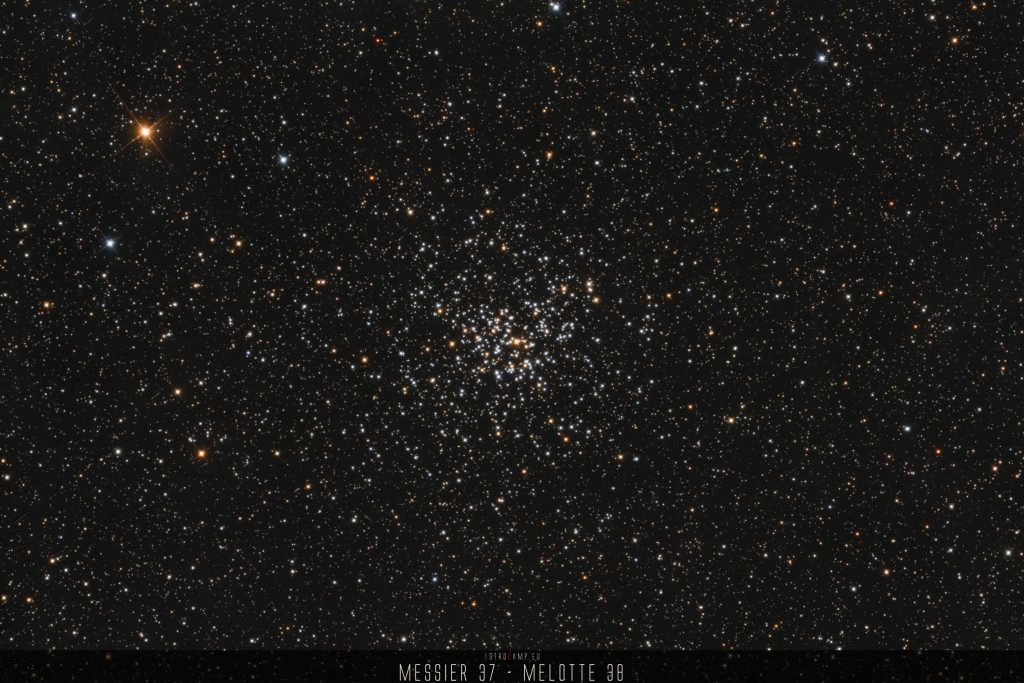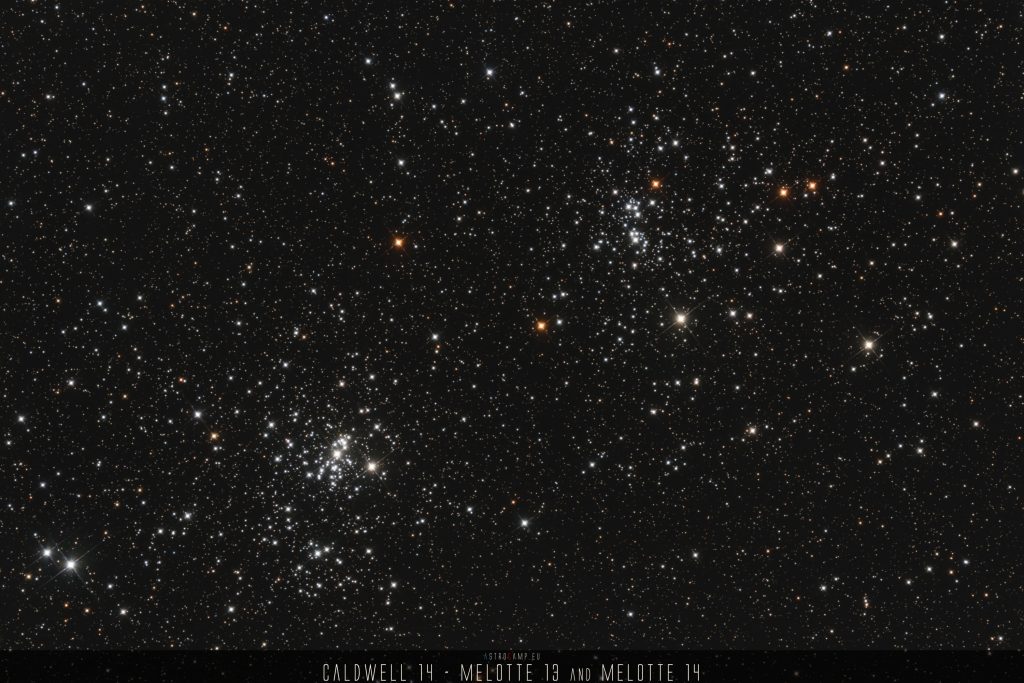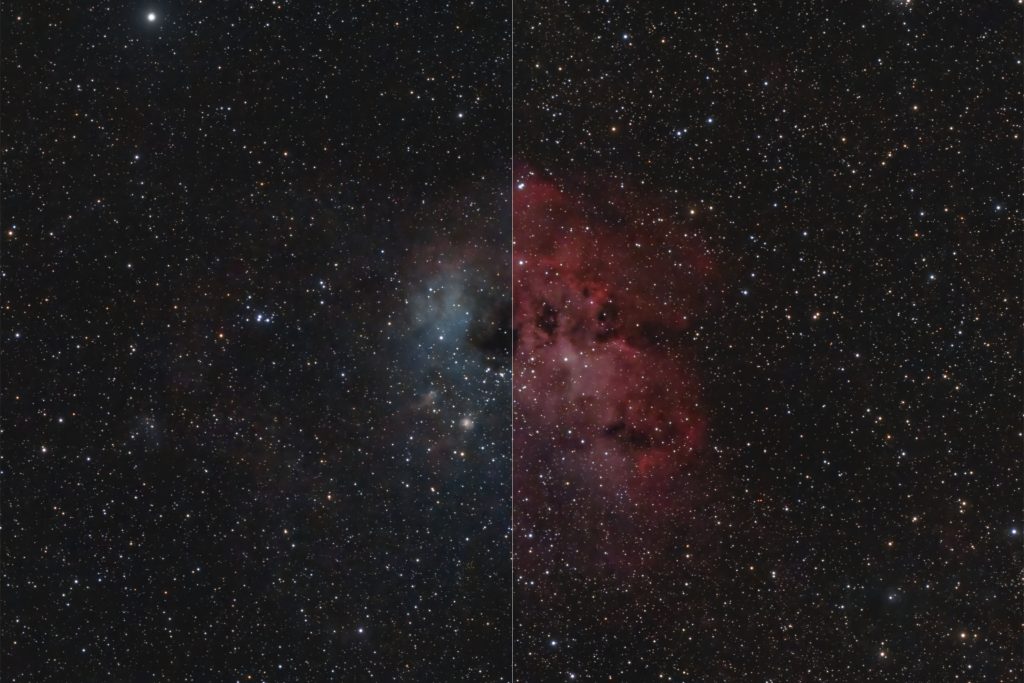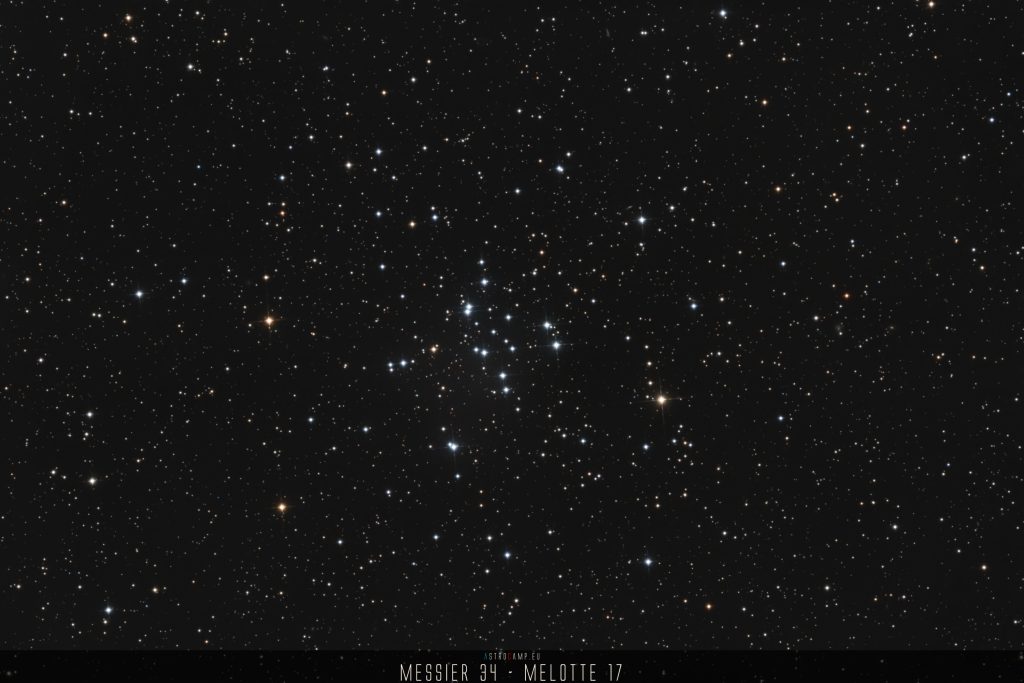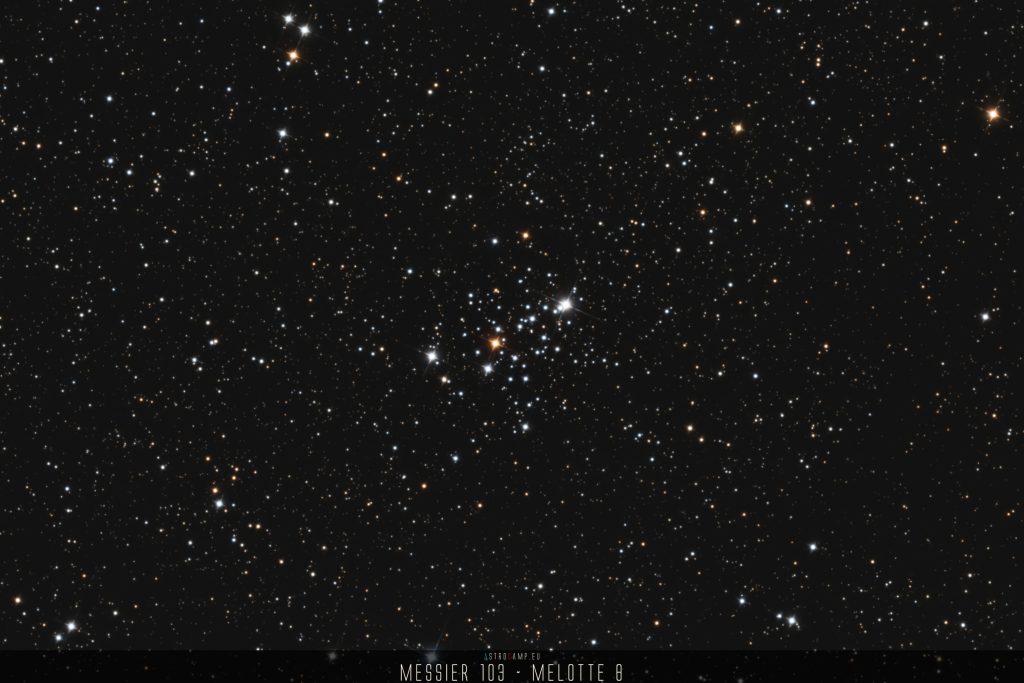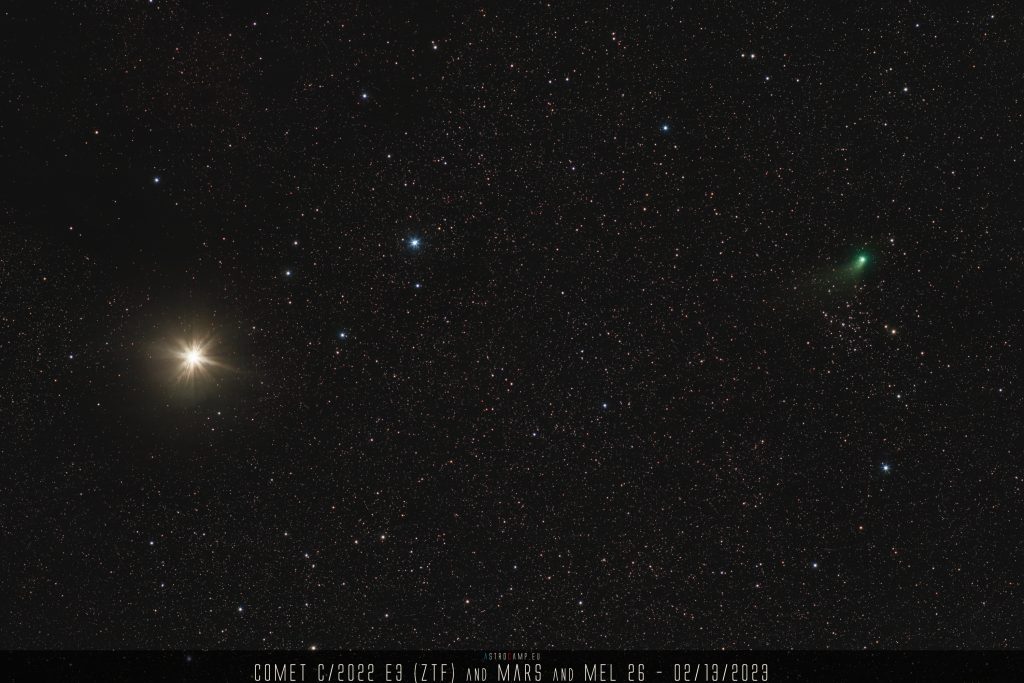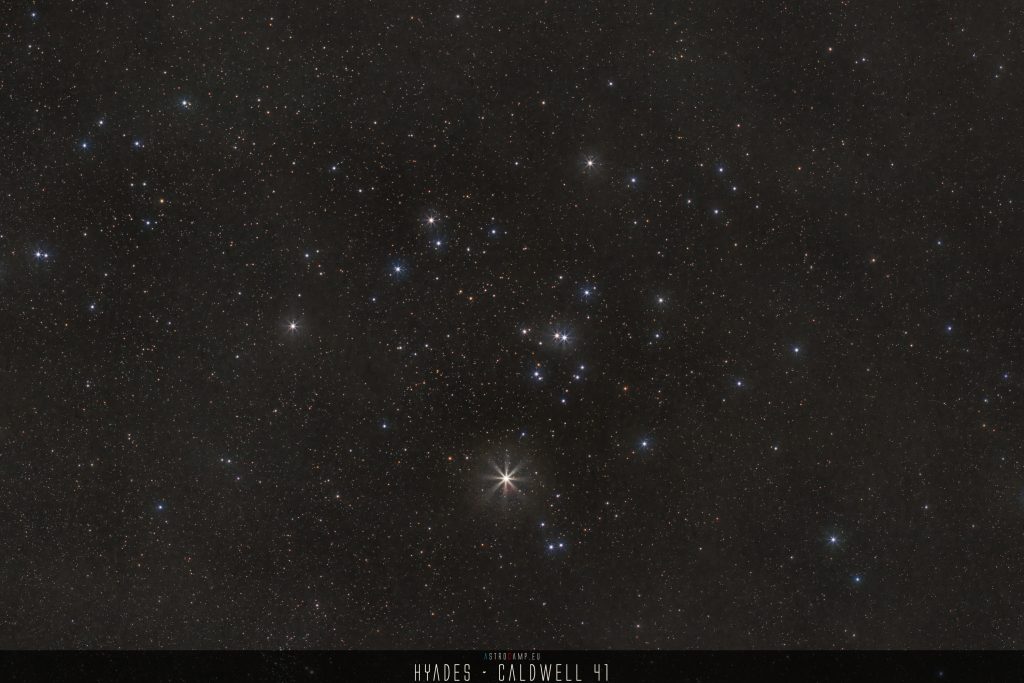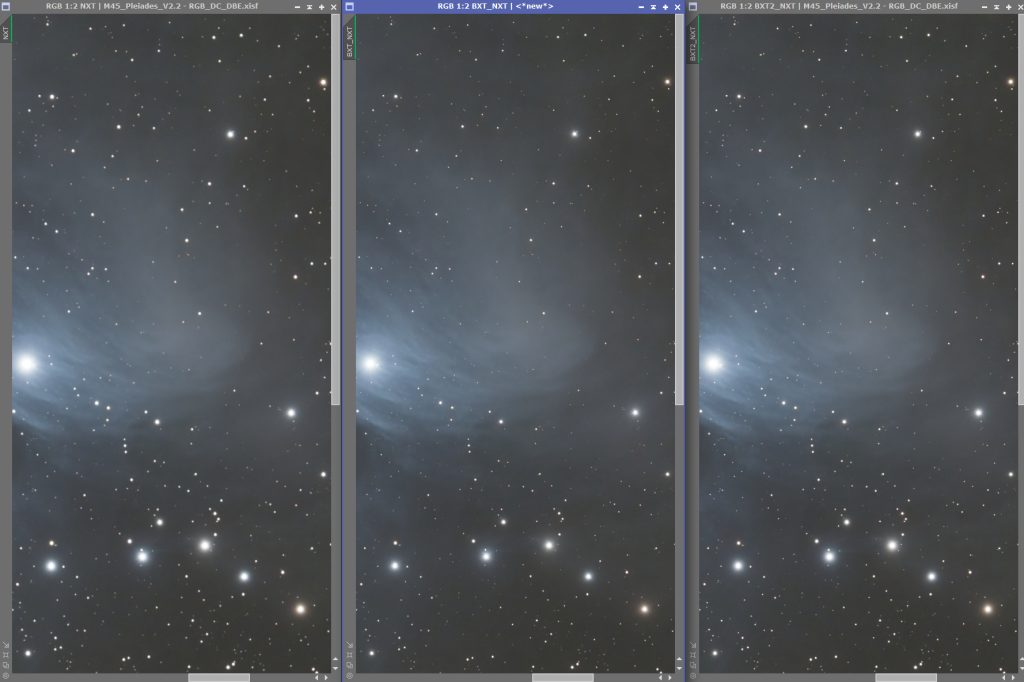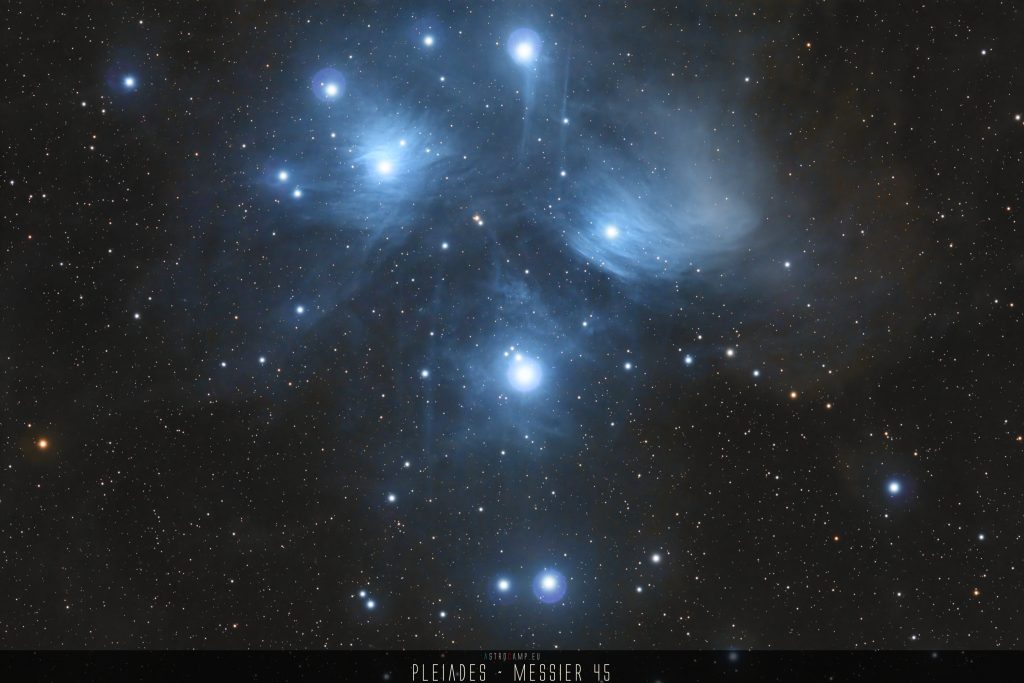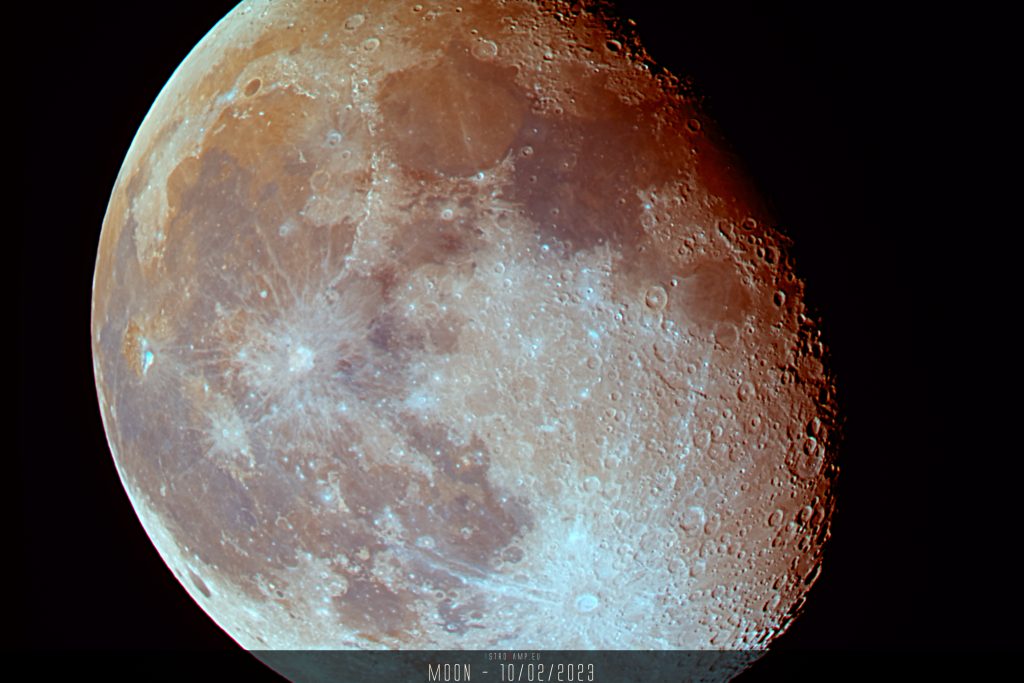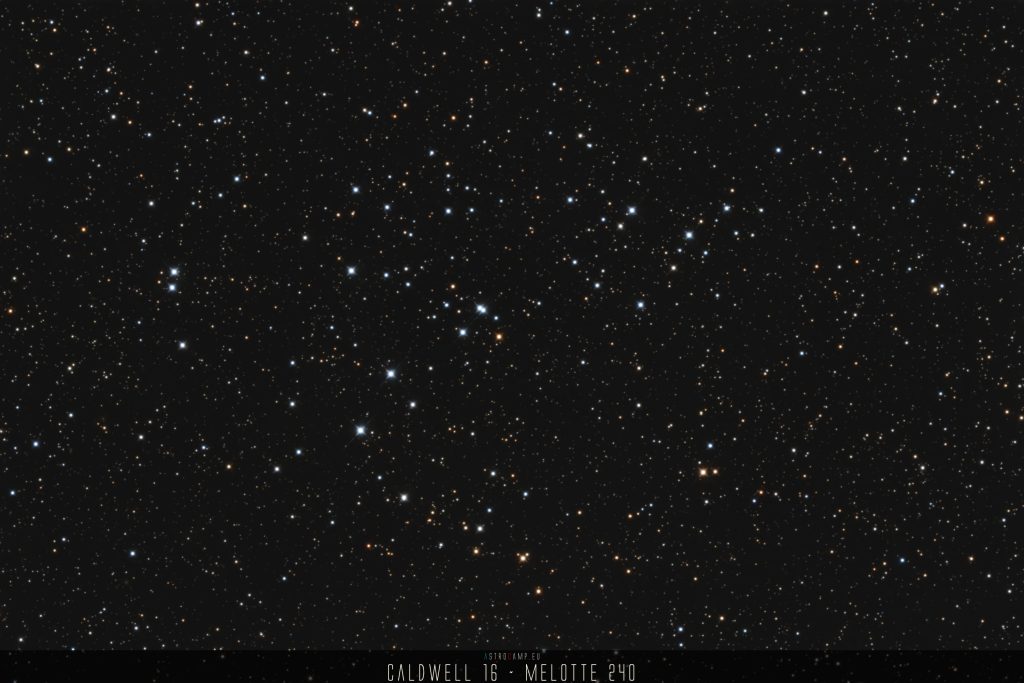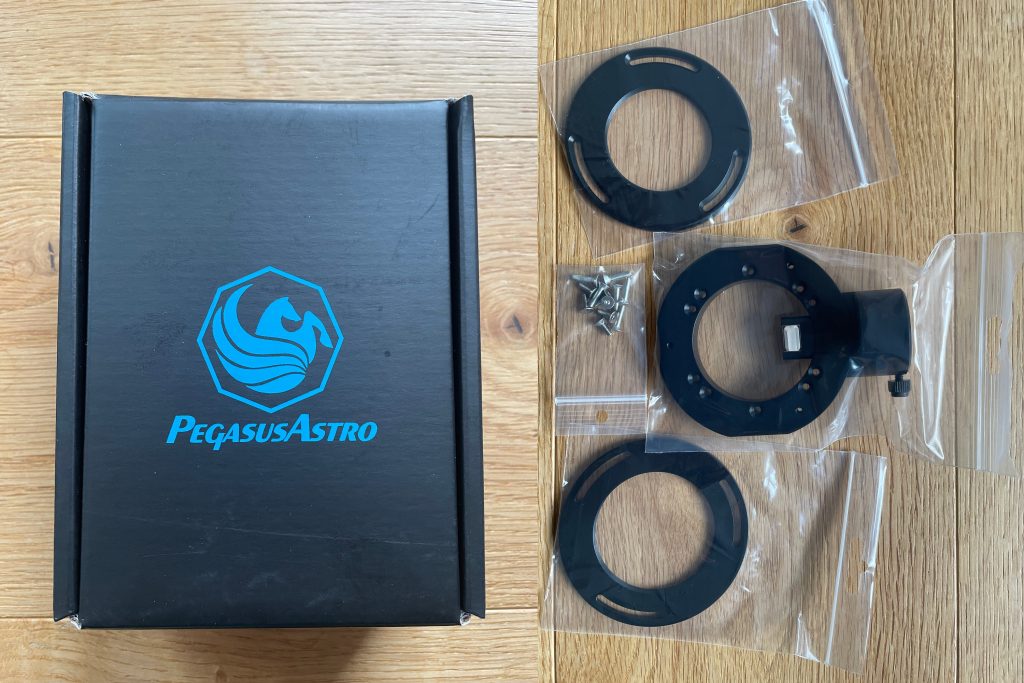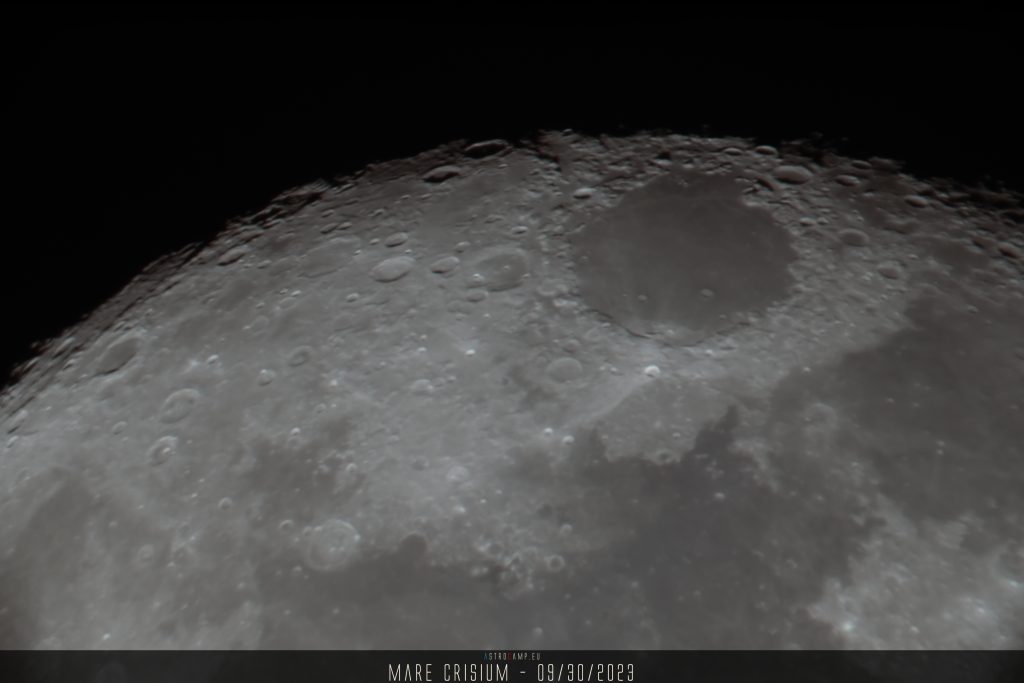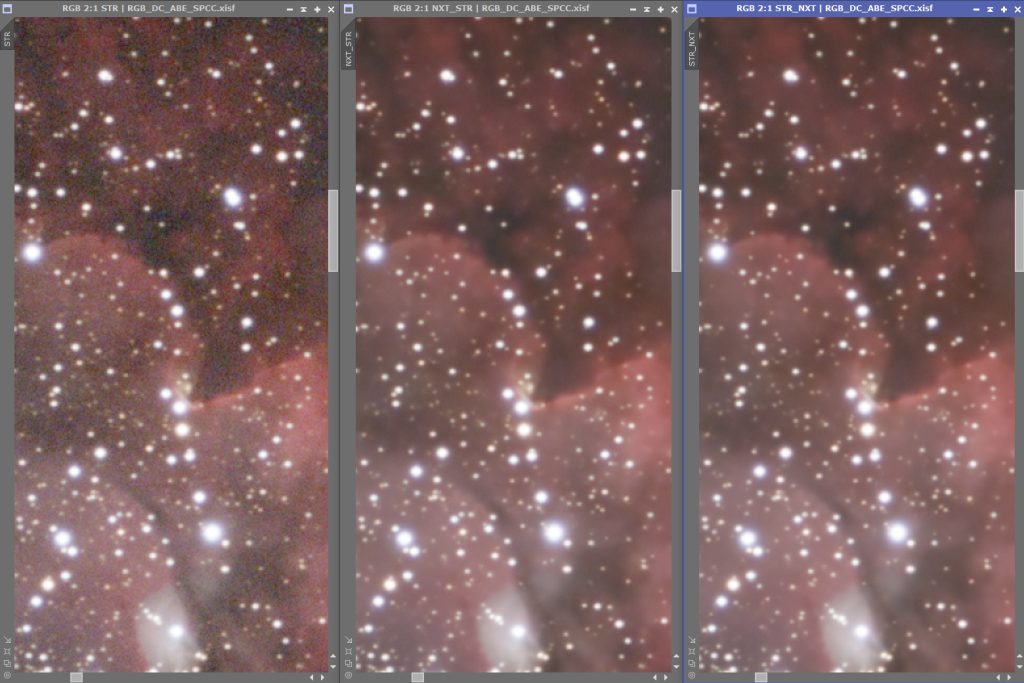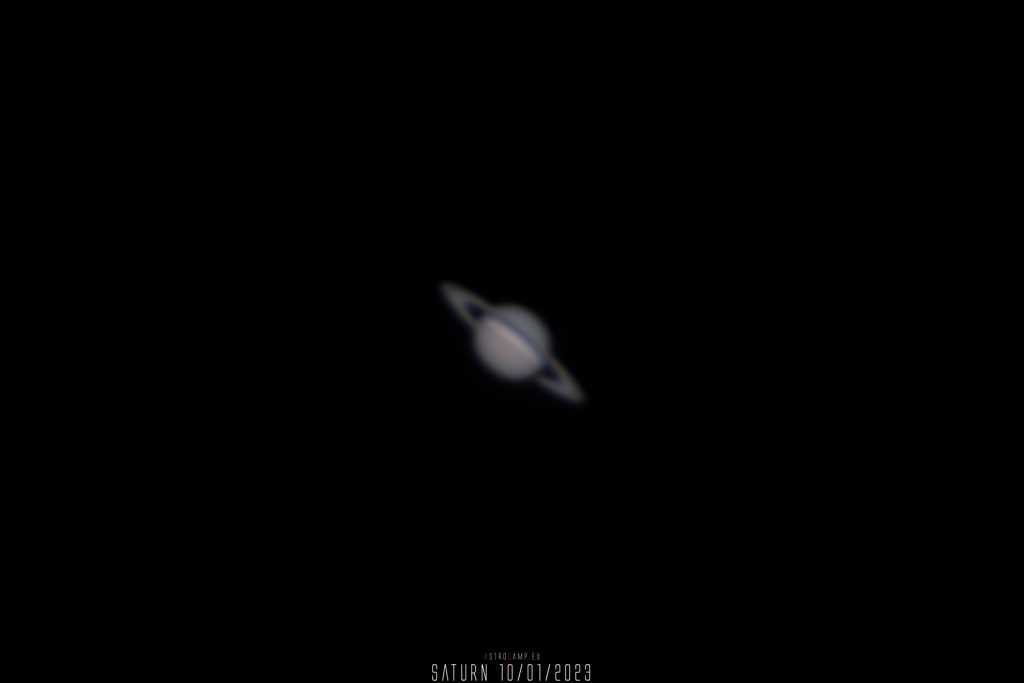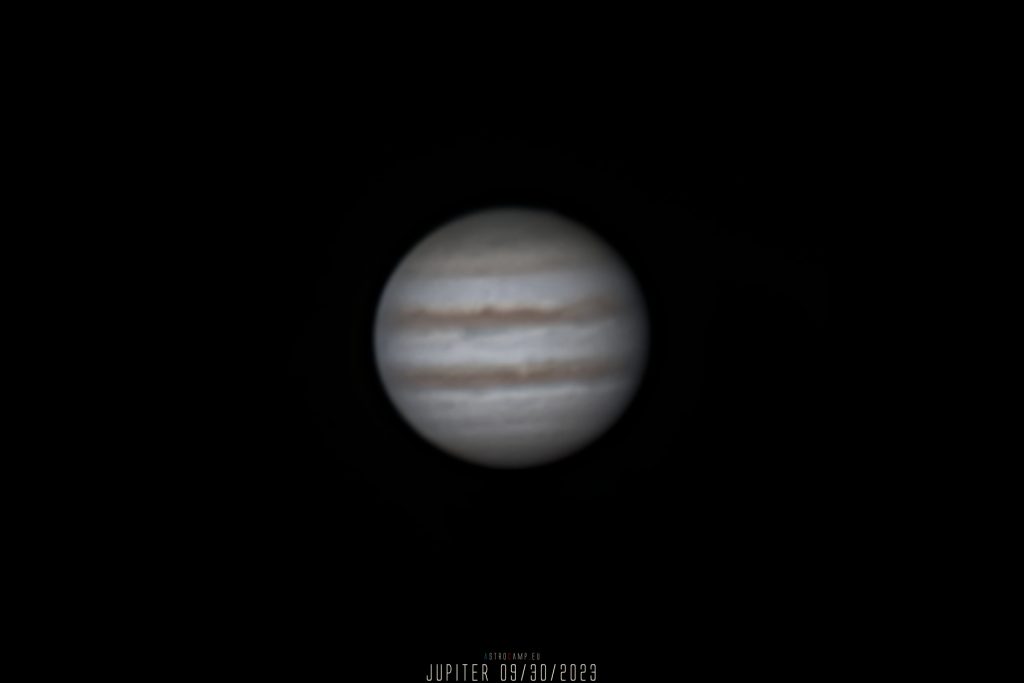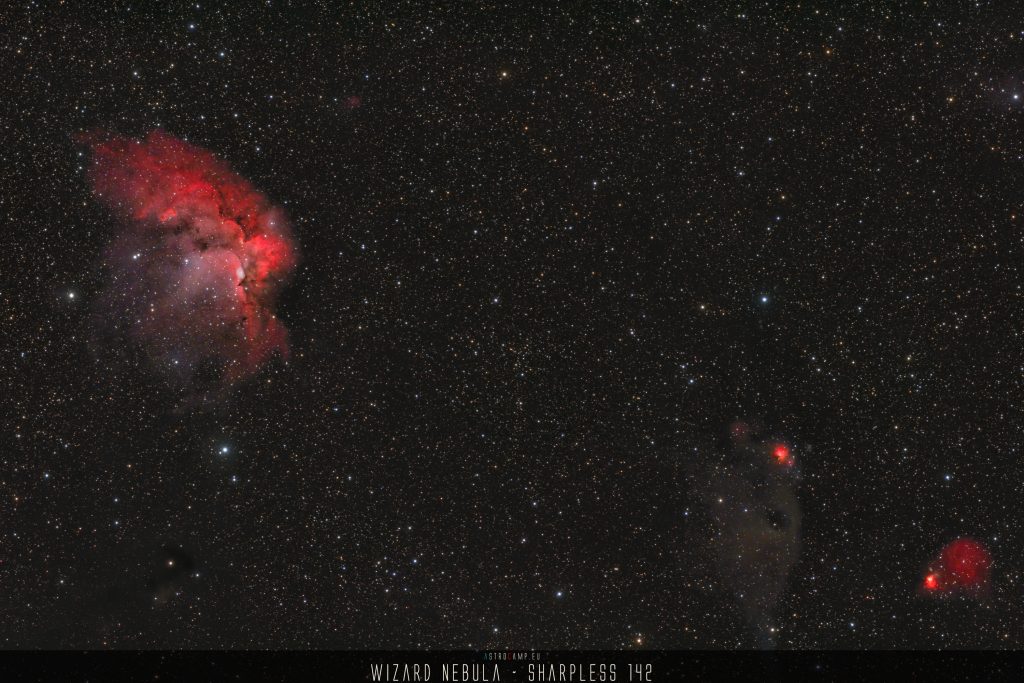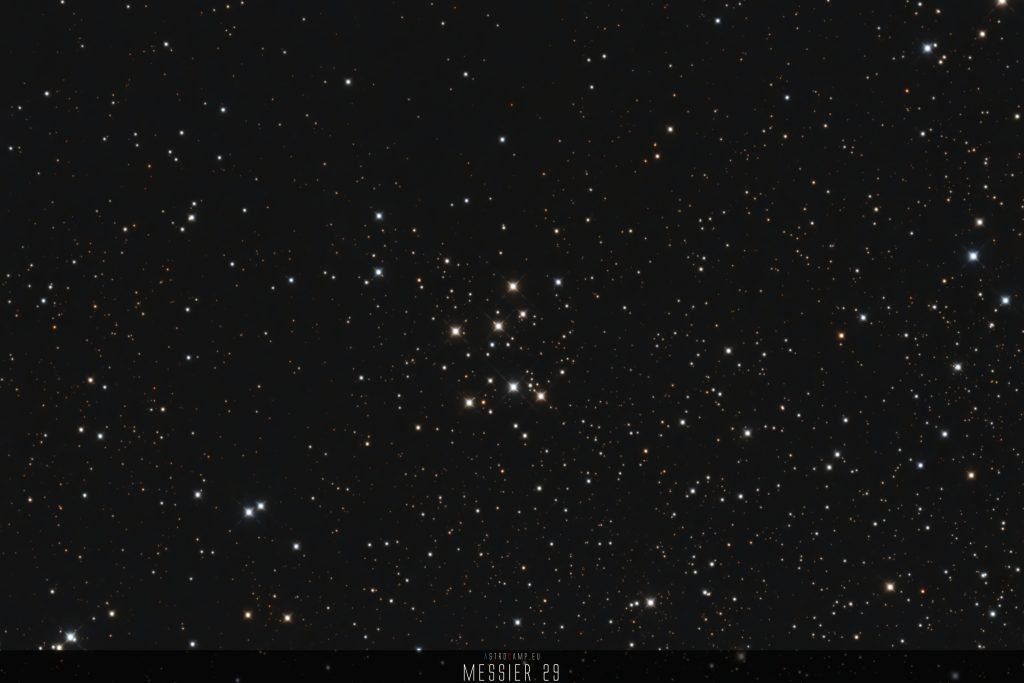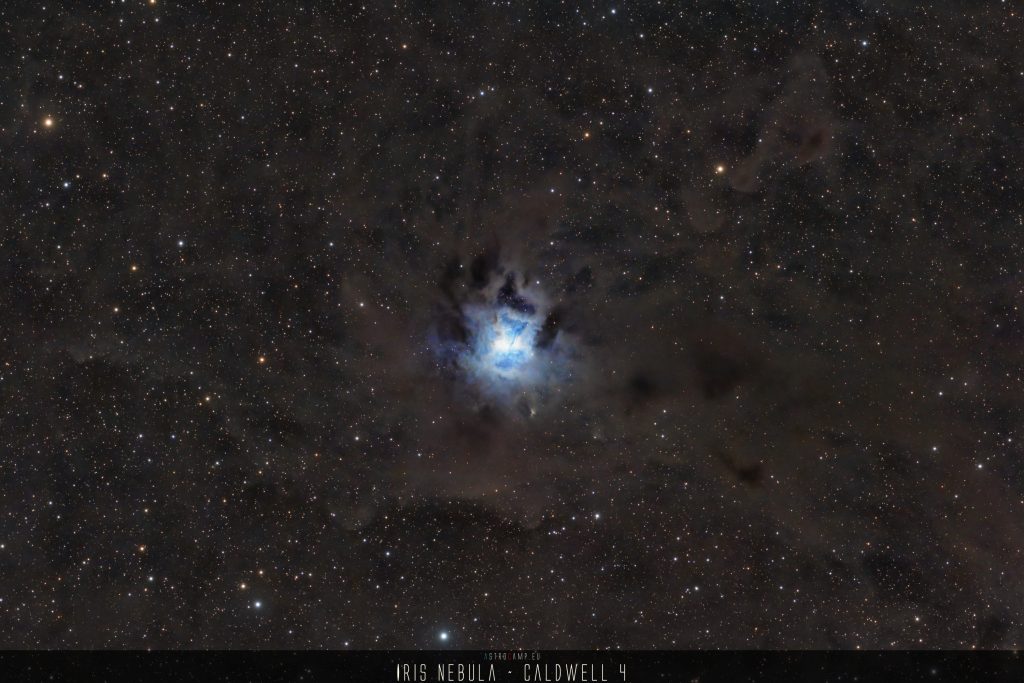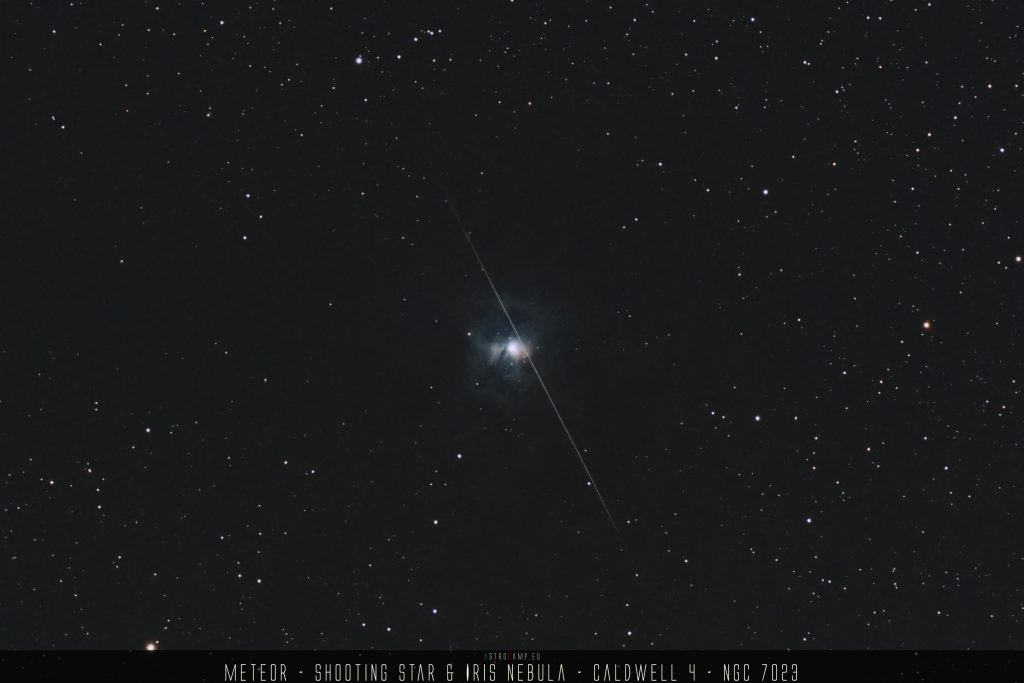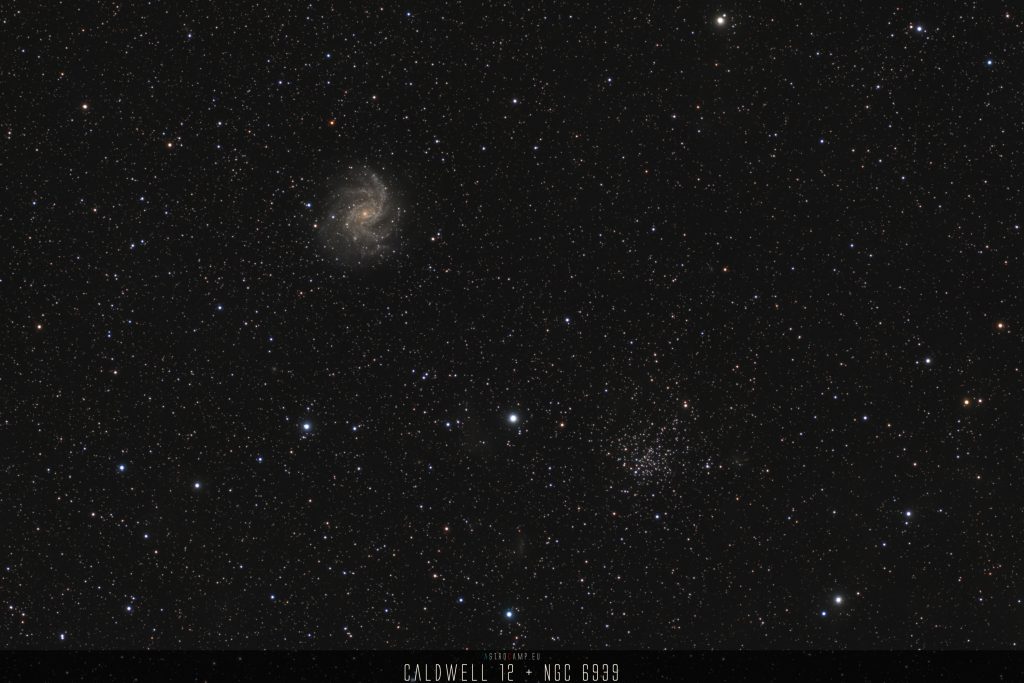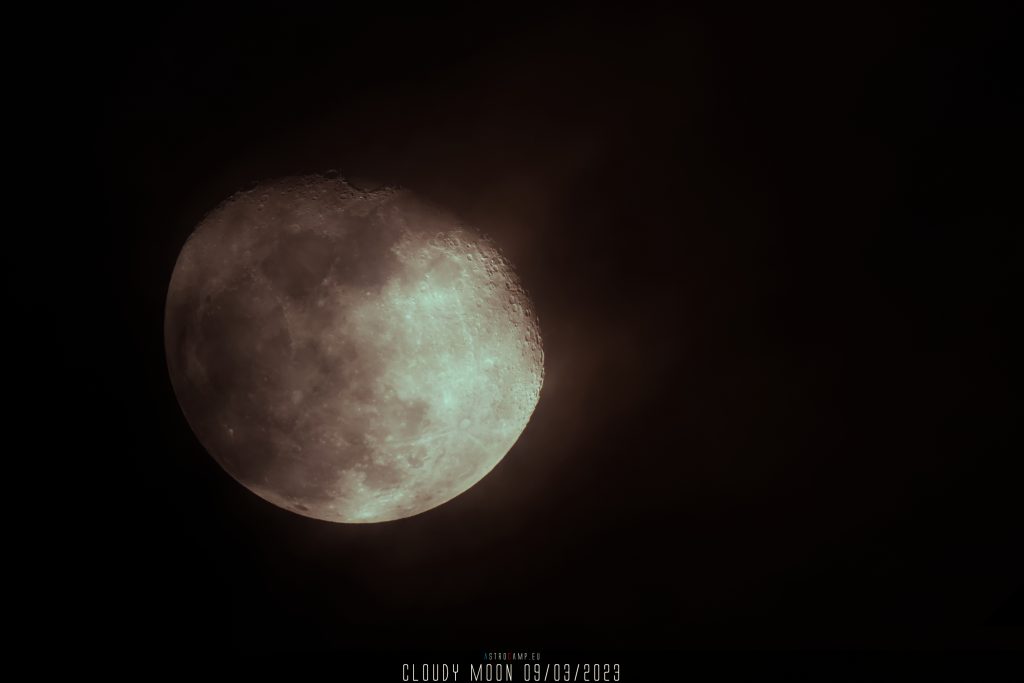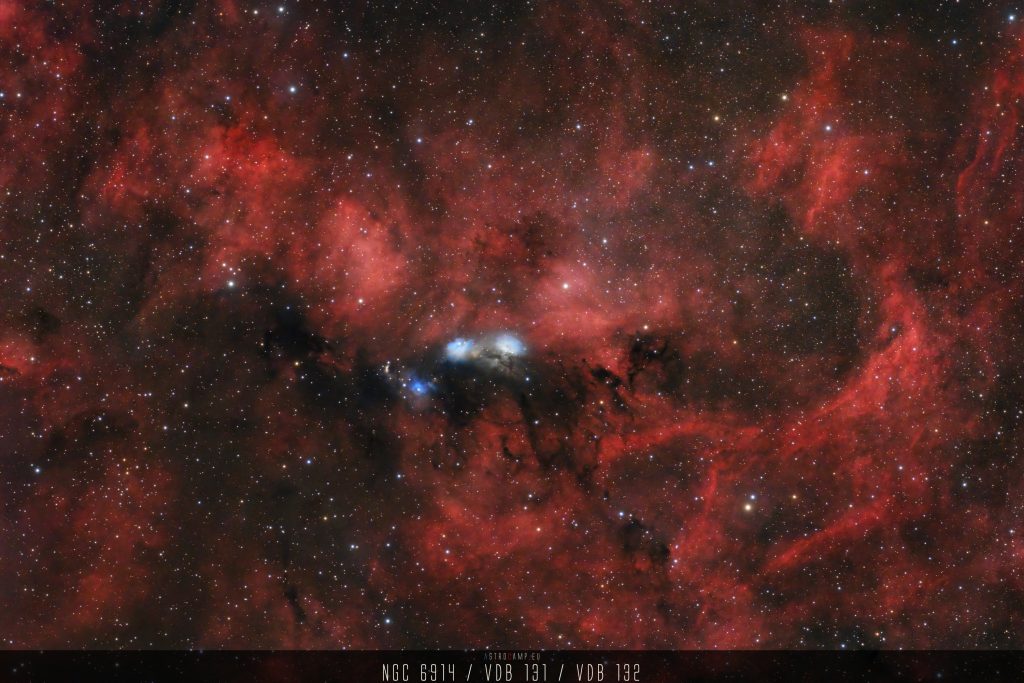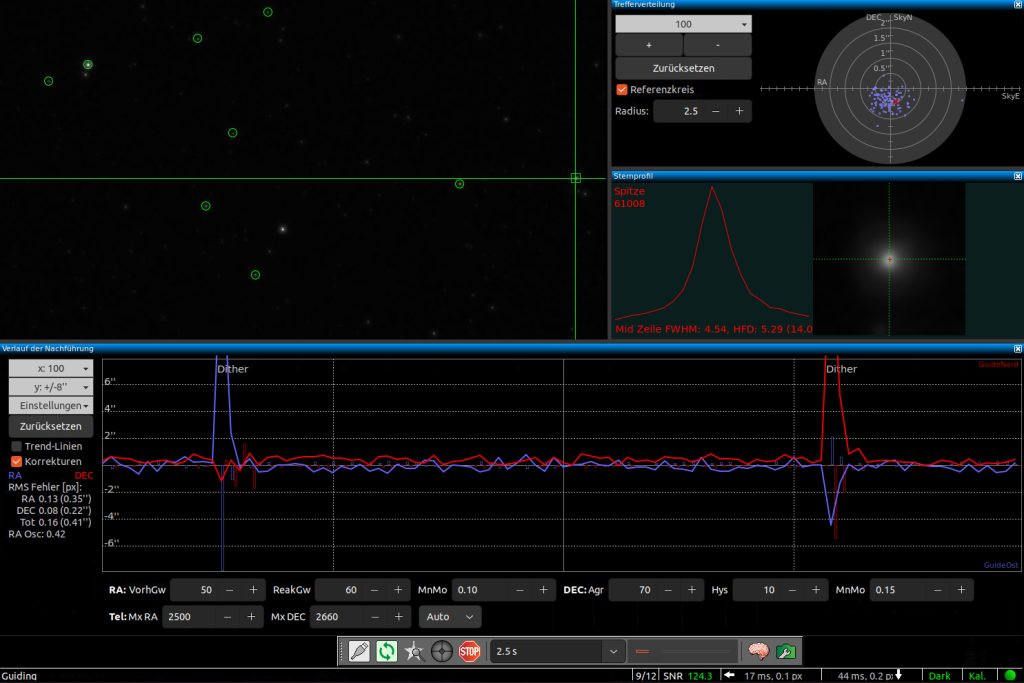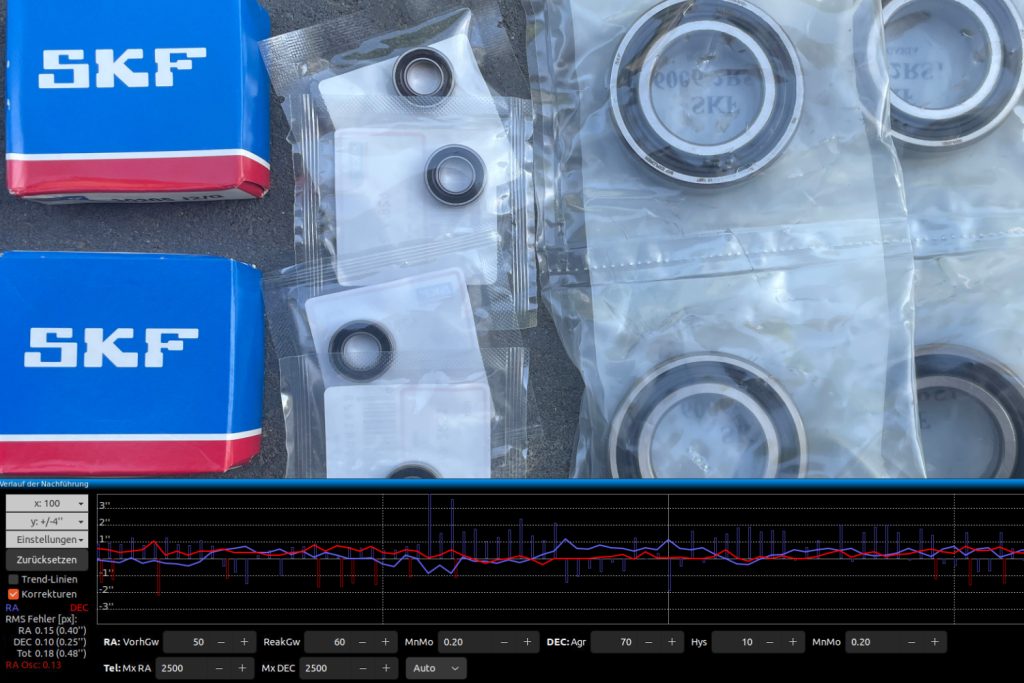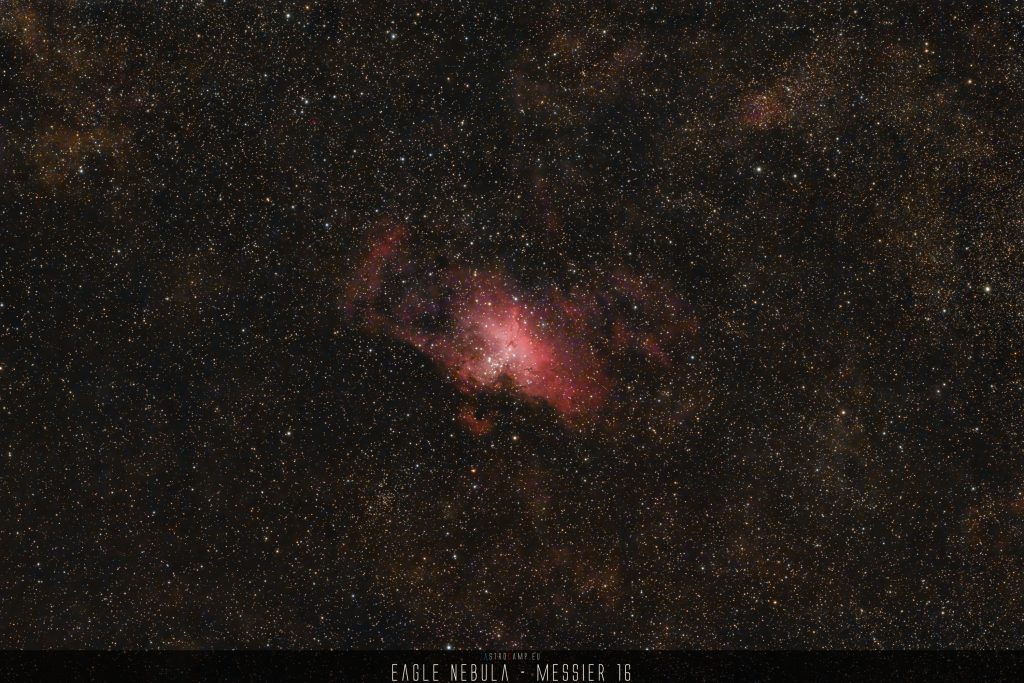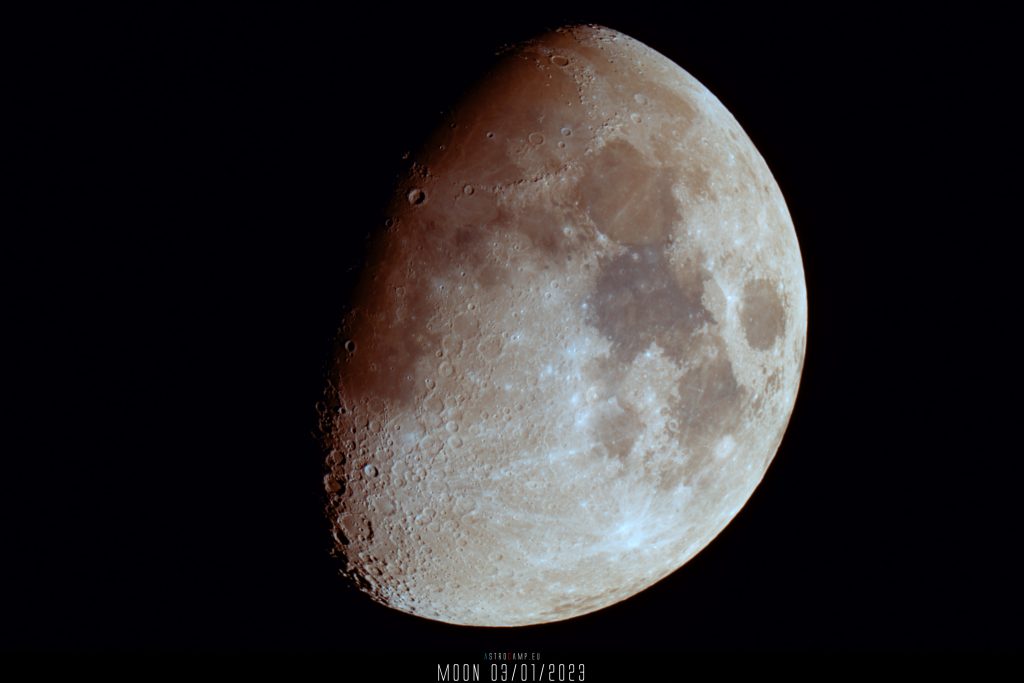Messier 105, also known as M105, is an elliptical galaxy located in the constellation Leo. It is part of the Leo I Group, a collection of galaxies gravitationally bound together. M105 has a relatively smooth and featureless appearance, typical of elliptical galaxies, with no discernible spiral arms or active star-forming regions.
Location and neighborhood.
Messier 105 can be found in the constellation Leo (the Lion). Specifically, it lies in the eastern part of Leo, near the border with the constellation Virgo. Its coordinates in the sky are approximately right ascension 10h 47m and declination +12° 35′, making it visible from most locations in the Northern Hemisphere during the spring months.

Die kosmische Nachbarschaft von Messier 105 umfasst hauptsächlich Mitglieder der Leo-I-Gruppe, zu der sie selbst gehört. Diese Gruppe besteht aus mehreren Galaxien, die gravitativ aneinander gebunden sind, darunter bekannte Mitglieder wie Messier 96, Messier 95 und NGC 3384. Die Leo-I-Gruppe ist Teil des größeren Virgo-Superhaufens, einer riesigen Struktur von Galaxienhaufen und -gruppen, zu denen auch unsere Milchstraßengalaxie gehört.
Unique facts
- Elliptical Nature: Messier 105 is classified as an elliptical galaxy, meaning it lacks the prominent spiral arms seen in spiral galaxies like the Milky Way. Instead, it has a smooth and featureless appearance, composed mainly of older stars.
- Supernova History: While Messier 105 itself has not been observed to produce supernovae, it has been the site of at least one observed supernova event in a nearby galaxy.
Brightness and size
Messier 105 has an apparent visual magnitude of approximately 9.3, making it relatively faint and requiring a telescope to observe effectively.
In terms of its distance from Earth, Messier 105 is located approximately 32 million light-years away from us.
The size of Messier 105 is about 105,000 light-years in diameter, similar in size to the Milky Way galaxy.
In terms of angular size, Messier 105 appears relatively small in the night sky. Its angular diameter is approximately 5×5 arcminutes.

